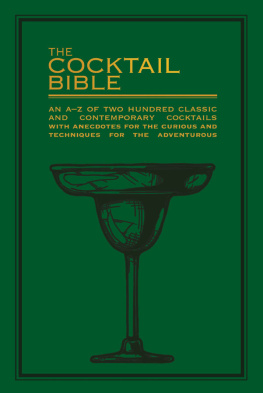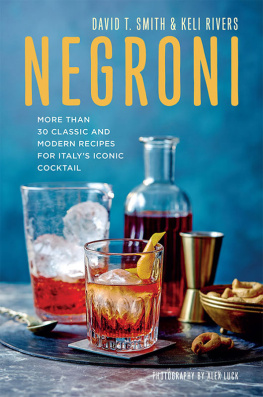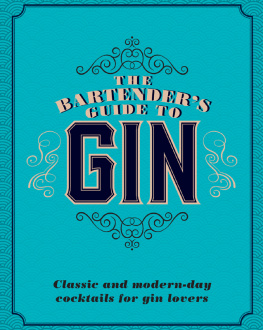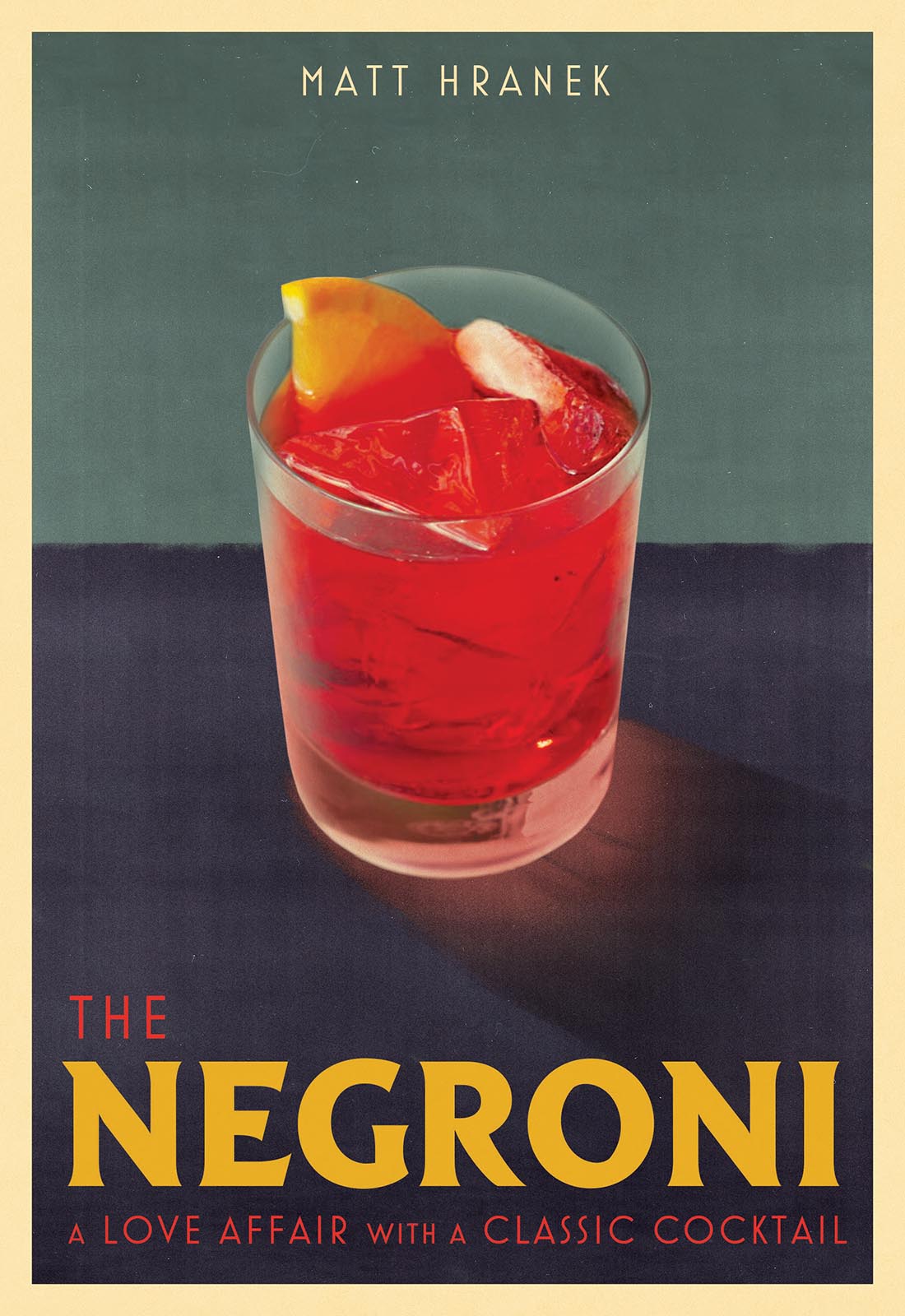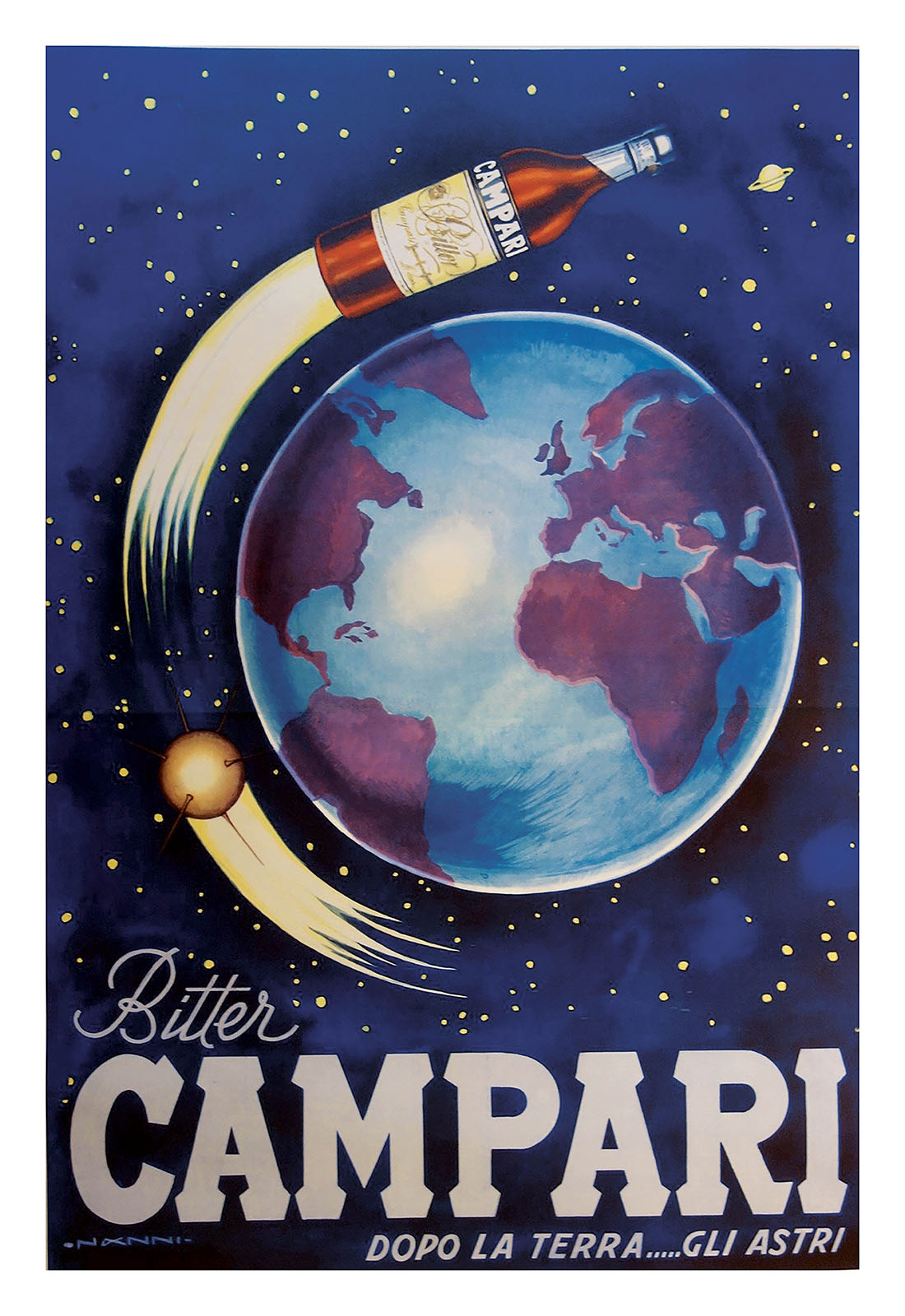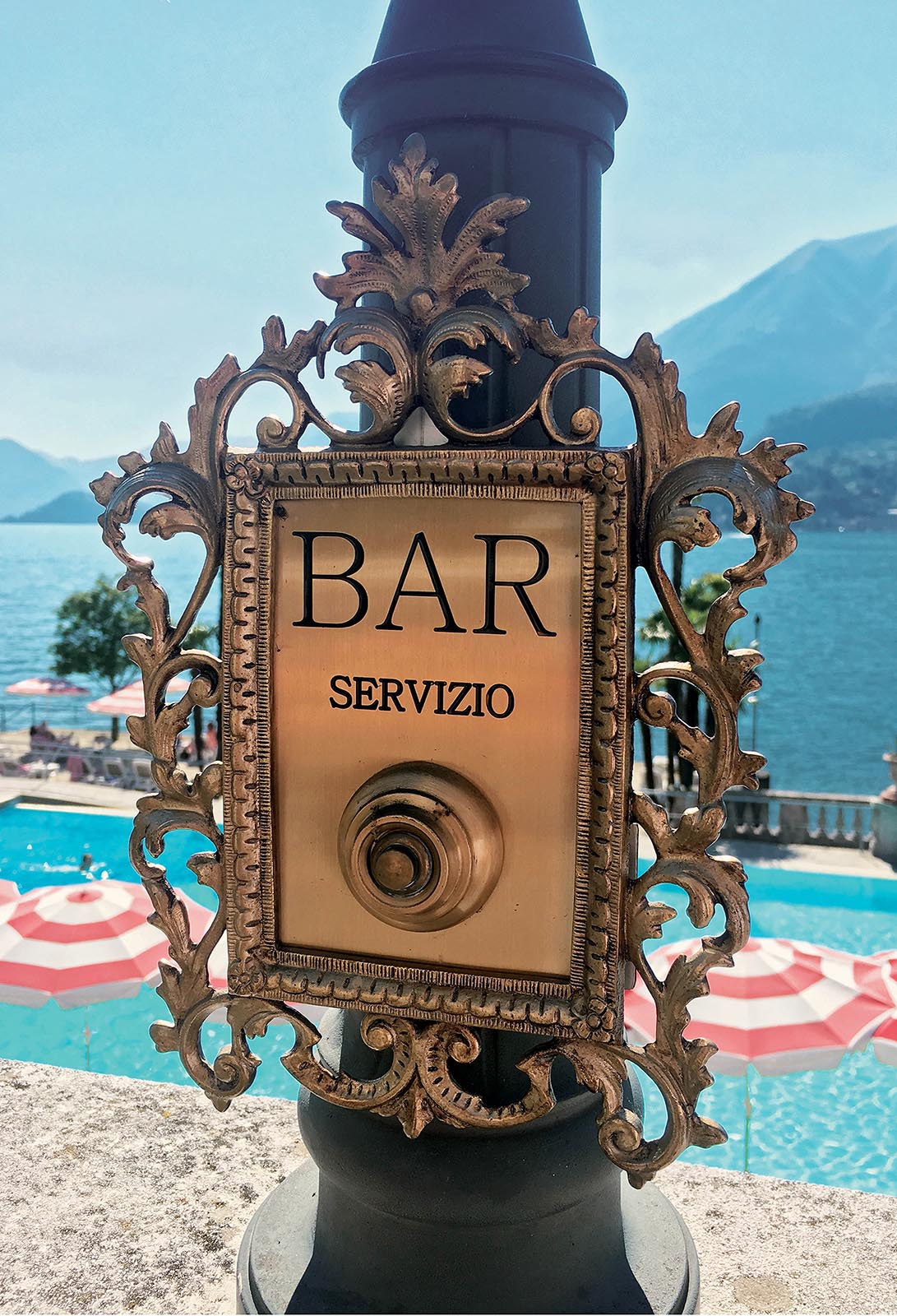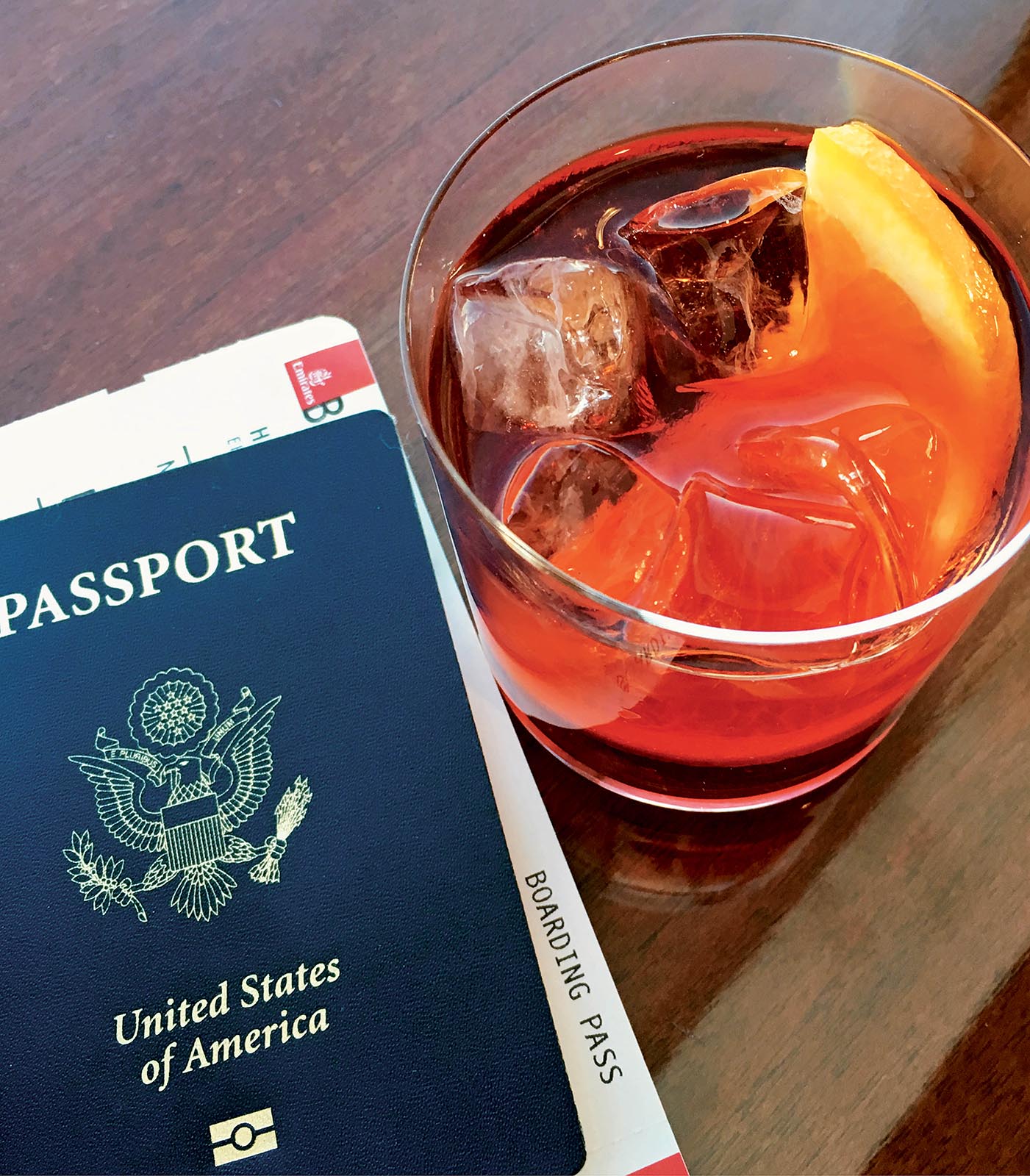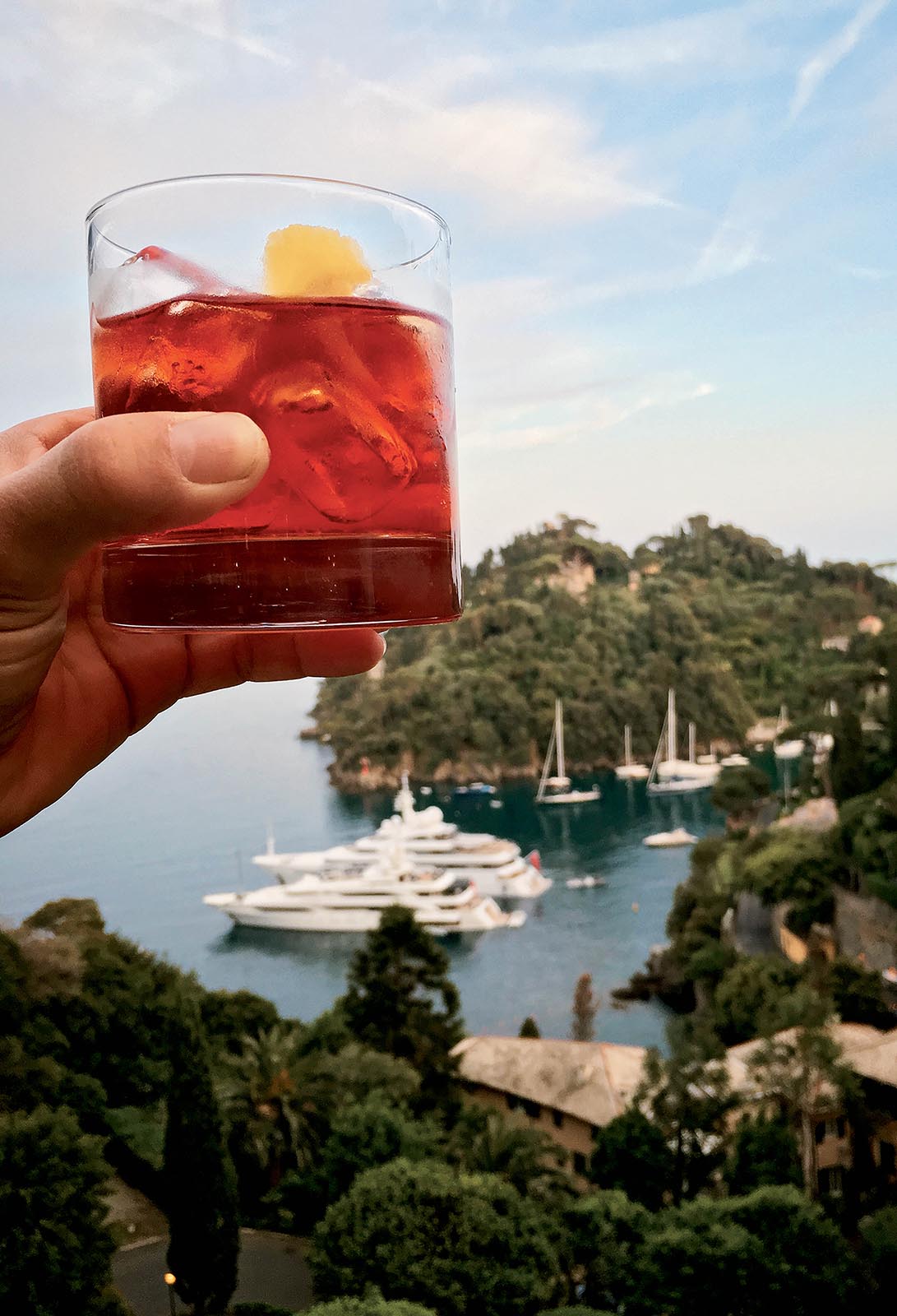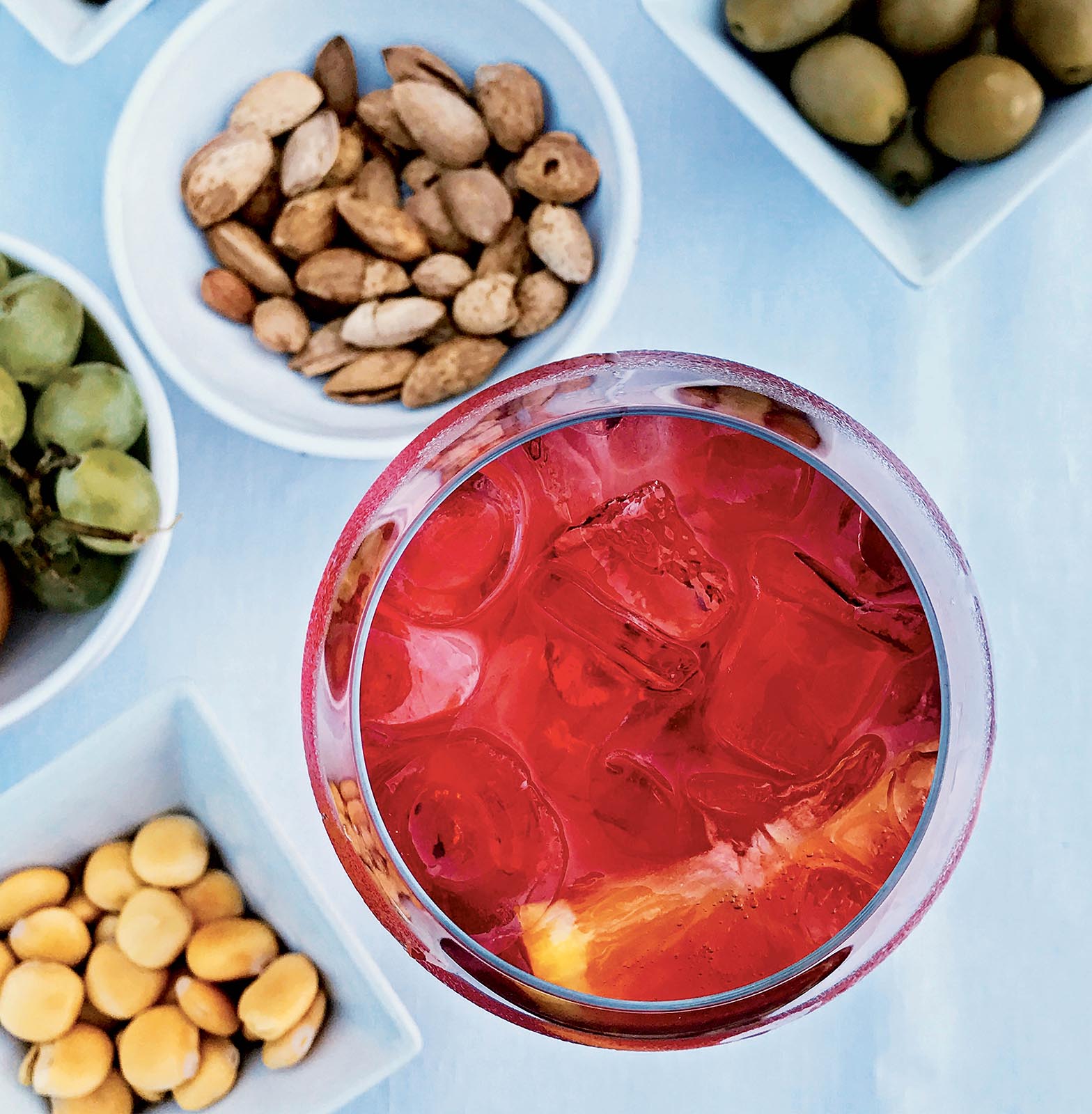To all the barkeepers around the globe who have taught me, served me, and guided me on the journey with this fantastic drink
Preface
A guy walks into a bar. A Florentine bar, actually. He takes a seat and orders an Americano, a straightforward drink with a nice balance of bitter (Campari) and sweet (red vermouth), served over ice. But this isnt just any guy. He happens to be a well-traveled Italian count who, after spending some time in Holland as well as in England, has developed a taste for gin. So, as the barman makes his drink, he tells him to lose the splash of soda (the usual topper of the Americano) and replace it with gin. The barman obliges, and in a final flourish, replaces the lemon garnish with a slice of orange. That is the basic story of the birth of the Negroni, named for the count himself.
Thats not the only story, however, as these things go. There are at least a couple of other origin theories for the Negroni that dispute it. But the story that most Negroni scholars agree on is the one above, tracing the drink back to 1919 Florence and the Caff Casoni, where it was named for its creator (or biggest fan), Count Camillo Negroni. Lets leave it at that. This book is less a historical treatise than a celebration of the drink itself, and of my enthusiasm for it.
My love for the Negroni goes deep. I fell hard for the first one I tried, decades ago, in an Italian hotel whose name didnt stick with me the way the memory of the drink did. It was served to me as part of the hotels aperitivo (the Italian tradition of a drink and light snack that serves as a precursor to dinnerthink happy hour). The Negroni spoke to me. I was attracted to its color, its flavor, and, most of all, its perfect balance: equal parts gin (dry, with a hint of botanicals and juniper), vermouth (a spicy touch of sweetness), and Campari (the delightfully bitter finish), as well as the citrusy notes from the orange garnish.
When I was growing up, my family drank wine with meals, to be social and celebratory, not to get drunk. My mothers parents emigrated from the south of Italy as teens, and my grandfather made his own wine. He served it to everyone, including us kids. Hed drop a thimbleful into our water, which turned it slightly purple. Those first drinking experiences shaped my habits as an adult. Sure, I have had a drink catch up with me, and have even drowned a few sorrows in one (or several), but drinking will always be a positive, joyous act for me.
Ive come a long way from my grandfathers watered-down wine, and the Negroni is now one of my two drinks of choice when I travel, and when Im at home, too. (The other, depending on the location and the circumstance, is the martini.) I have mixed Negronis at home and at friends houses, in cities and out in the middle of the countryside. Ive consumed them in countless bars, restaurants, and airport lounges. I have had spectacular ones (this typically has to do with the location, and, as with many of my other pursuits, the Italians simply do it better). Ive tasted some mediocre ones, though even they were good.
There is rarely such a thing as a bad Negroni, which may hold the key to its popularity. The 1:1:1 ratio of ingredients makes it nearly foolproof (and without the soda of the Americano, or any other nonalcoholic mixer, it can feel full-proof). Wherever you find yourself, chances are you can find a bartender who can pour a decent Negroni, even if you have to teach them the ratio. (Ive been known to give Negroni-making lessons to flight attendants in the galleys of planes.)
The Negroni is also consumed as a digestif at the end of a meal. A few years ago, I made a short film about Alessandro Palazzi of Dukes Bar in London, a barman legendary for his delicious if somewhat deadly martinis, and his Negronis as well. Over the course of filming, I went over the house limit of two Vesper martinis per customer, and so proceeded to try to crawl my way home once the shoot wrapped. I ran into friends on the way out the door, however, and they insisted I stick around for one more drink. I ended that evening the way I ordinarily begin so many others, with a Negroni, but this time for its digestive assistance as much as its taste.
I now have more photos of Negronis Ive enjoyed around the world than of my family (I am not so proud of that fact). Most of them have populated my social media feed. The Negroni is a big part of my photo sharing, and as a result, people from all over tag me in photos of their own Negronis.
Its fair to say that I have strong opinions about the Negroni. Generally, I do not deviate from ordering the standard recipe of one part bitter Campari, one part sweet vermouth, one part gin (for me, thats always London dry). That being said, I do approve of some riffs and modificationswithin moderation, of course. Ive been introduced to some fantastic versions by friends and fellow travelers, and Ive even (though rarely) been convinced to give a bartender creative license. Often the drinks that Ive been most dubious about have won me over. All of those variationsthe slight deviations and a few outright reinterpretationsare included in this book. All come from some of my favorite places and people around the world. And yes, all have been field-tested by me.
If youve never tried a Negroni, I hope you will fall in love with this remarkable drink the way I did decades ago in that Italian hotel. If you are already a fellow aficionado, as I suspect you may be since you are holding this book in your hands, I hope it inspires you to try a new twist, seek out a few of my favorite bars and bartenders, and continue to celebrate the beautiful balance of this drink. Although you really cant improve much on the original that Count Negroni invented that day in Florence, that doesnt mean you cant enjoy the pursuit. Salute!
The
Essential Components
The Negroni is famously democratic in its makeup, with each of its three essential components traditionally represented in equal measure. With few exceptions, a garnish and some ice fill out the glass. Here are a few considerations for each.
The bitters are excellent for your liver, the gin is bad for you. They balance each other.


